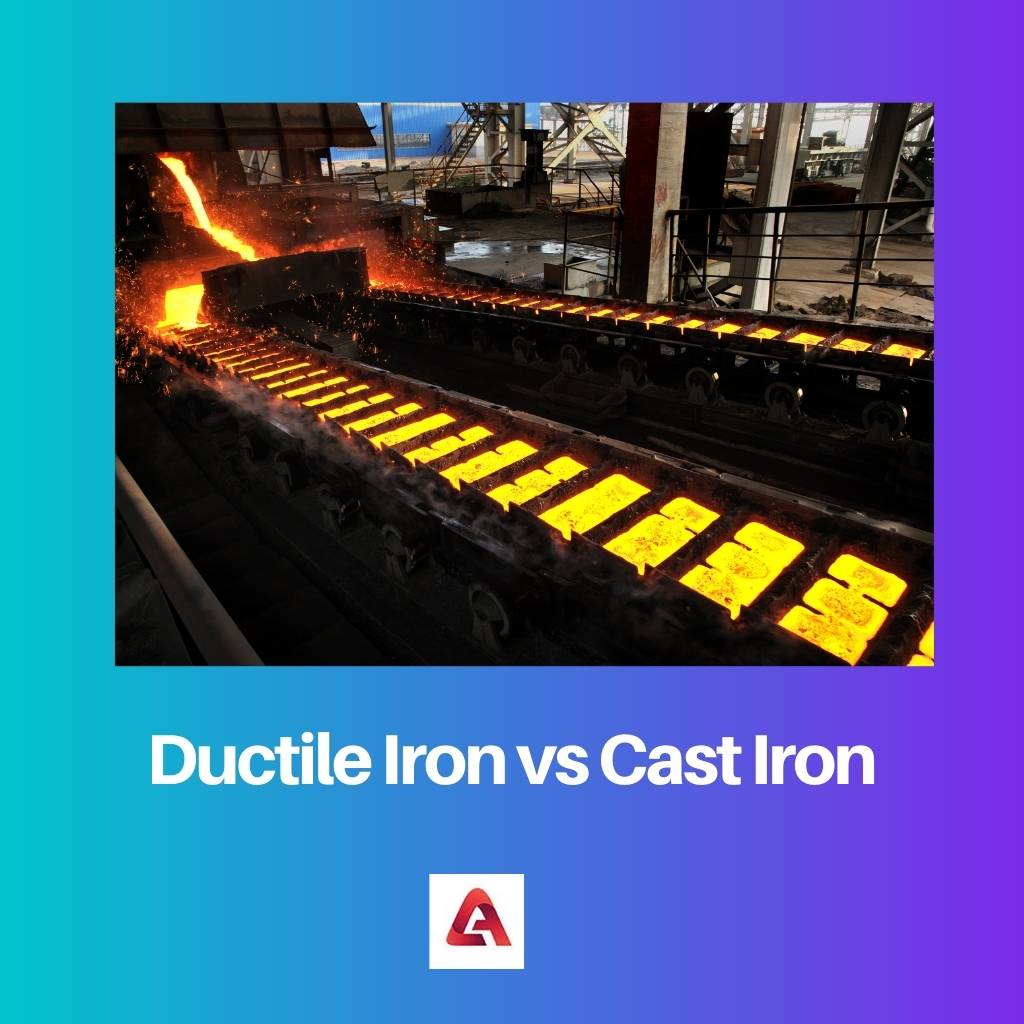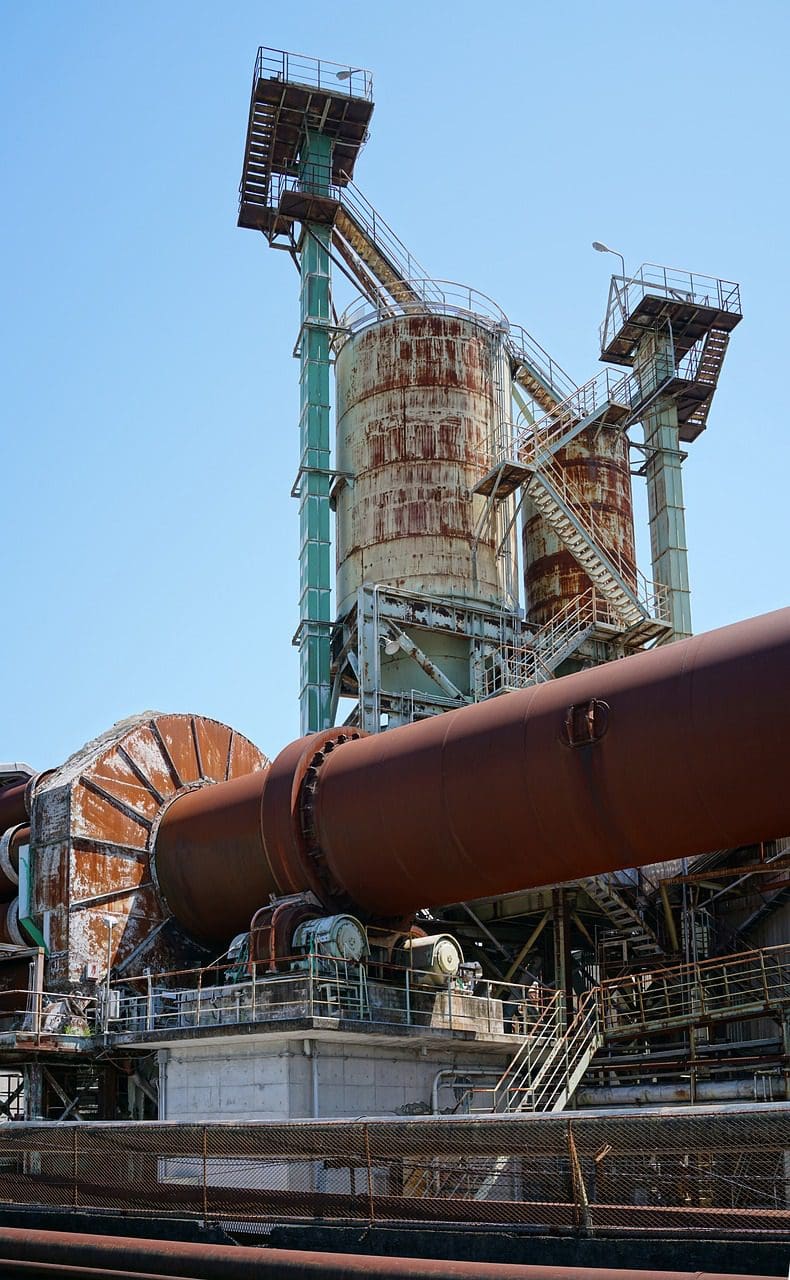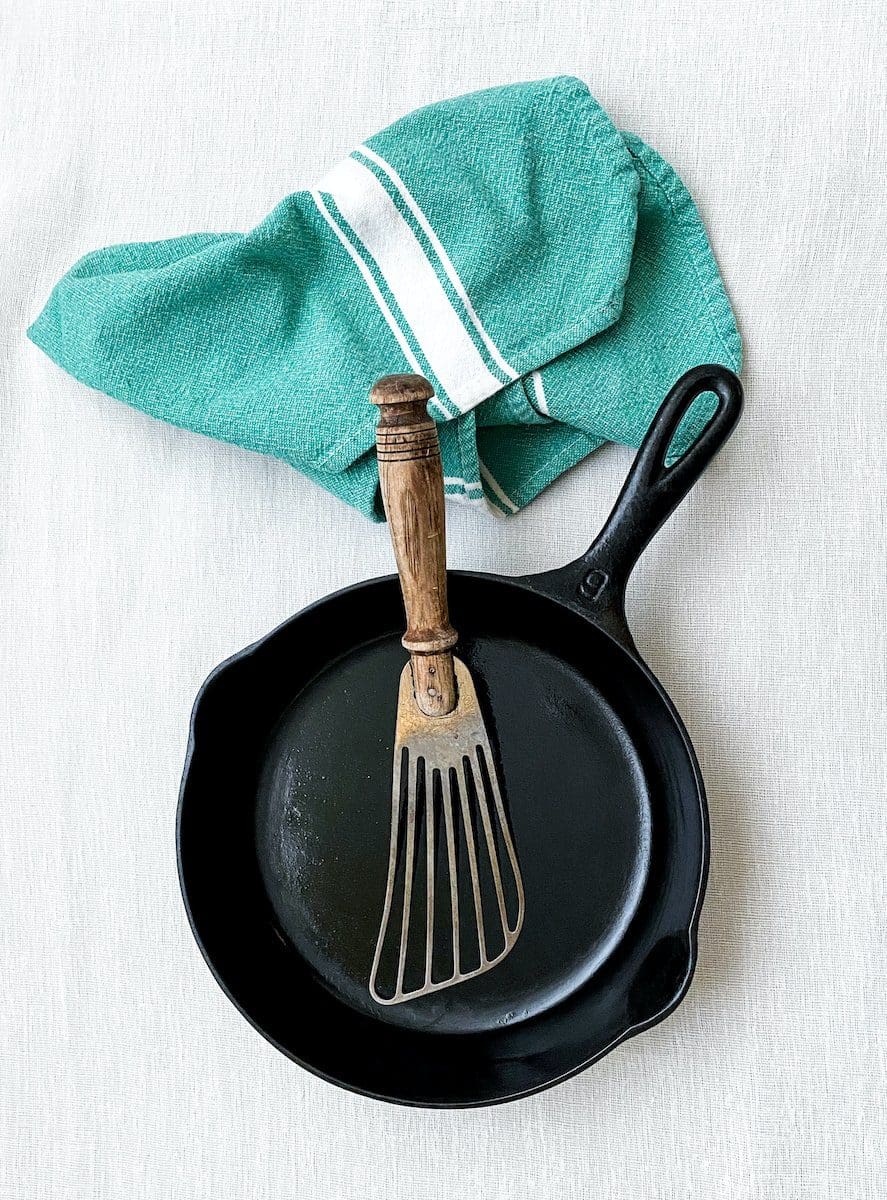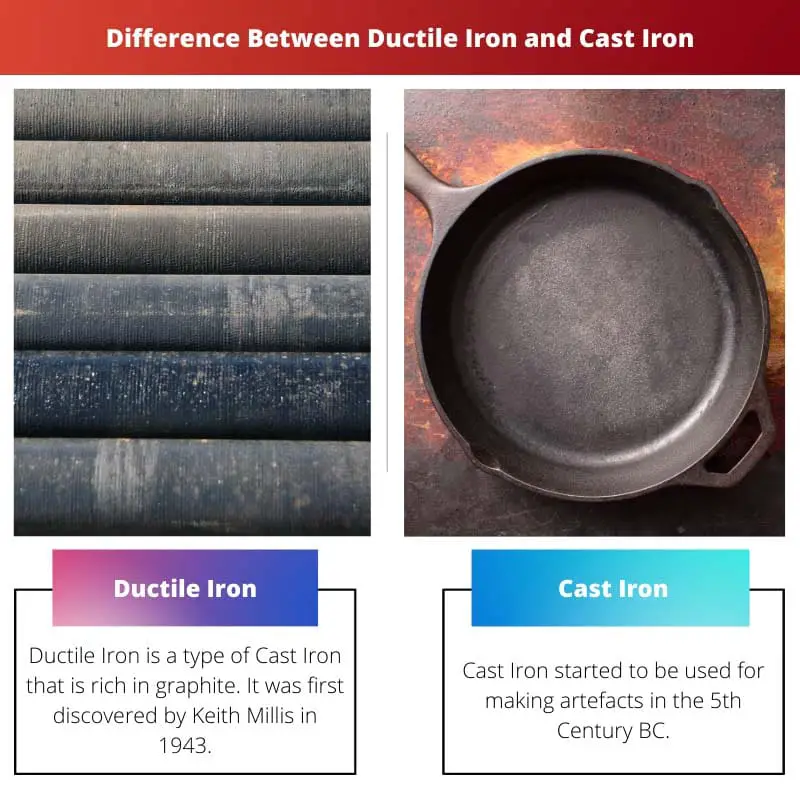Casting is the term used to describe the manufacturing of an element by pouring a liquid substance into the mold, which results in the formation of a solid substance when kept for some time.
Key Takeaways
- Ductile iron is an iron alloy containing graphite nodules, which give it superior strength and ductility; cast iron is a group of iron-carbon alloys with a carbon content of over 2%, known for its brittleness.
- Due to its high ductility, ductile iron is more resistant to impact and fatigue, making it suitable for demanding applications like automotive components and machinery parts; cast iron’s brittleness restricts its usage to less dynamic applications, such as pipes, stoves, and decorative elements.
- Cast iron exhibits excellent heat retention and even heat distribution, making it a popular choice for cookware; ductile iron’s mechanical properties overshadow its thermal characteristics, making it less commonly used in cookware production.
Ductile Iron vs Cast Iron
Ductile iron, called spheroidal iron, is a type of graphite-rich iron that contains spherical graphite nodules. It has a yield strength of 40k. Cast iron is a family of iron–carbon alloys that have small flakes of graphite with no yield strength and half the tensile strength of ductile iron.

Ductile iron, otherwise known as spheroidal graphite iron, has become one of the most popular iron alloys these days. It has some interesting properties and capabilities that set its bar high.
On the other hand, Cast iron is such an iron alloy that it has been there for a long time now. It comes in various types as well. It is harder and brittle.
Comparison Table
| Parameters of Comparison | Ductile Iron | Cast Iron |
|---|---|---|
| Origin | Ductile iron got discovered in 1943. | Cast iron got discovered during the 5th Century BC. |
| Texture | It is relatively softer in texture. | It is harder. |
| Composition | Along with Carbon as the primary element, it contains Silicon, Manganese, Magnesium etc. | It contains Carbon and Silicon as the primary composition. |
| Brittle | It is less brittle. | It is more brittle in comparison. |
| Elongation | It can result in around 18 per cent elongation. | It only has around 0.5 per cent elongation. |
| Tensile Strength | It has more tensile strength. | The tensile strength of Cast iron is less. |
| Machinability | It has decent machinability. | It has a good one. |
| Weldability | Its weldability ranges from low to medium depending on the procedure. | It has medium weldability. |
| Pricing | It has priced at higher rates. | It has a lower price in comparison. |
What is Ductile Iron?
Ductile Iron is a type of Cast Iron that is rich in graphite. It was first discovered by Keith Millis in 1943. But its production didn’t start until 1949.
Ductile iron is one of the most commonly produced iron varieties in the world today. It is composed of Carbon, Silicon, and Manganese as primary contents.
The term ‘Ductile’ means a substance that can be easily molded into a thin wire. In addition to this, it is less brittle and is capable of tolerating impacts, and does not fracture easily.
The primary application of Ductile iron is for automotive components. Others include diesel trucks, agricultural tractors, oil well pumps, etc.

What is Cast Iron?
Cast Iron started to be used for making artifacts in the 5th Century BC. It is a type of iron that has been there for years and has expanded into several varieties over time.
Carbon covers the highest percentage of Cast iron’s composition. Silicon is used for stabilizing the graphite molecules in order to maintain the properties of cast iron.
There are several varieties of Cast iron, including Malleable Cast iron, White Cast iron, and Grey Cast iron. Cast iron is brittle, but malleable cast iron remains an exception.
Cast iron is very popularly used as an engineering substance. Therefore, it is used for various things like pipes, and the automotive industry, i.e., cylinder blocks, heads, etc.

Main Differences Between Ductile Iron and Cast Iron
- Ductile iron has more tensile strength than Cast iron.
- Ductile Iron is costlier than Cast Iron.

- https://link.springer.com/article/10.1007/s00170-016-8510-y
- https://www.jstage.jst.go.jp/article/isijinternational1989/41/4/41_4_372/_article/-char/ja/

Informative comparisons, especially the focus on the tensile strength and pricing disparities between ductile and cast iron.
The comparison table neatly summarizes the key differences between ductile iron and cast iron. It’s a great reference for those looking to understand their distinct properties.
Absolutely, the comparison table provides a quick and easy way to grasp the fundamental disparities between ductile iron and cast iron.
I found the comprehensive details about the origins, texture, composition, and other features of both types of iron very enlightening.
The explanations regarding the origin and detailed composition of ductile and cast iron are truly enlightening. It’s fascinating to learn about their inherent qualities.
Indeed, this article sheds light on the historical context and material composition of ductile and cast iron, offering valuable insights.
This article delivers a thorough analysis of the differences in properties and applications of ductile and cast iron, offering valuable insights into both materials.
Indeed, the depth of information provided here enables a comprehensive understanding of the unique attributes of ductile and cast iron.
The detailed comparison of the mechanical properties, weldability, pricing, and applications of ductile iron and cast iron is extremely valuable for understanding the distinctions between the two materials.
I completely agree. The depth of analysis in this article provides a well-rounded view of both types of iron.
A thorough explanation of the nuances between ductile and cast iron, offering an insightful comparison of their properties and applications.
The detailed explanation of the properties and applications of both types of iron paints a clear picture of their divergent characteristics.
Such an interesting comparison between ductile iron and cast iron. This article provides a wealth of information and a thorough explanation of the differences between the two materials.
Yes, this is a very informative piece. I appreciate the clear distinction between ductile iron and cast iron.
I couldn’t agree more. The in-depth comparison really highlights the unique properties of each type of iron.
A concise yet comprehensive overview of the key differences between ductile and cast iron. Very informative.
The comprehensive comparison makes it easier to understand the distinctions between ductile iron and cast iron, particularly with regard to their mechanical and thermal properties.
I appreciate the clarity of information that this article provides, especially in delineating the differences in their pricing and application areas.
Absolutely, the detailed analysis of their mechanical and thermal characteristics allows for a more nuanced comprehension of ductile and cast iron.